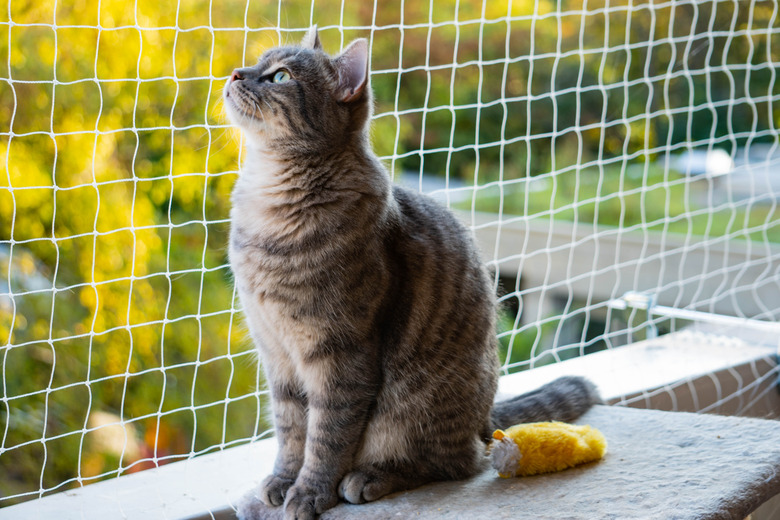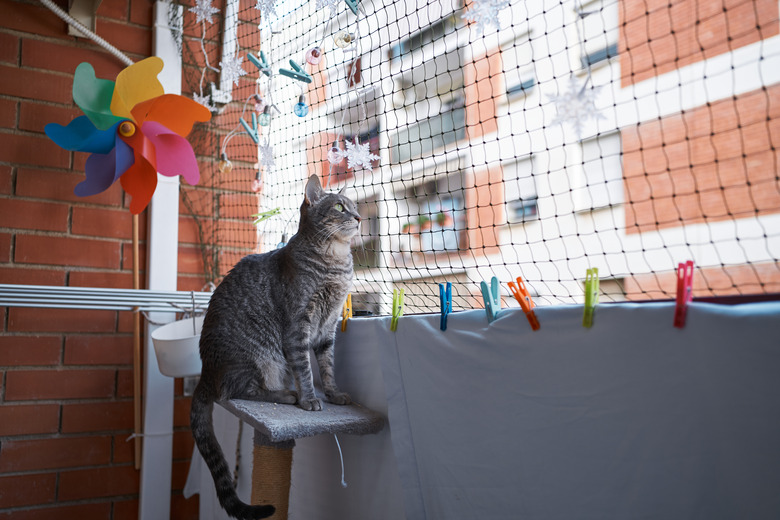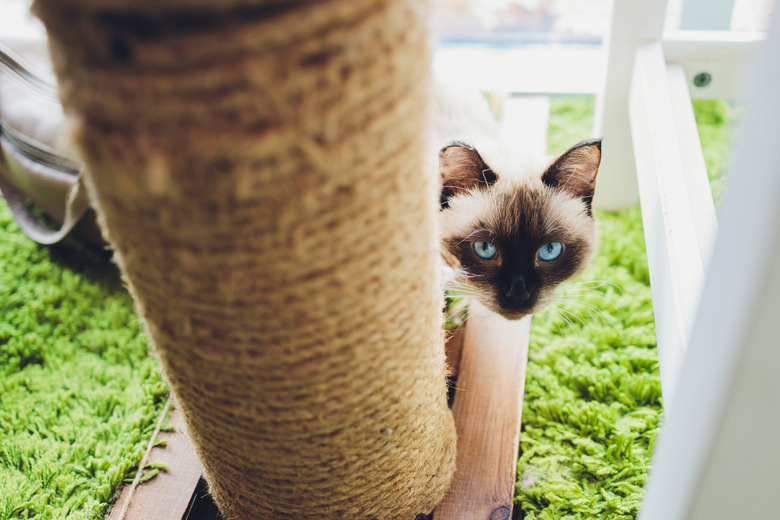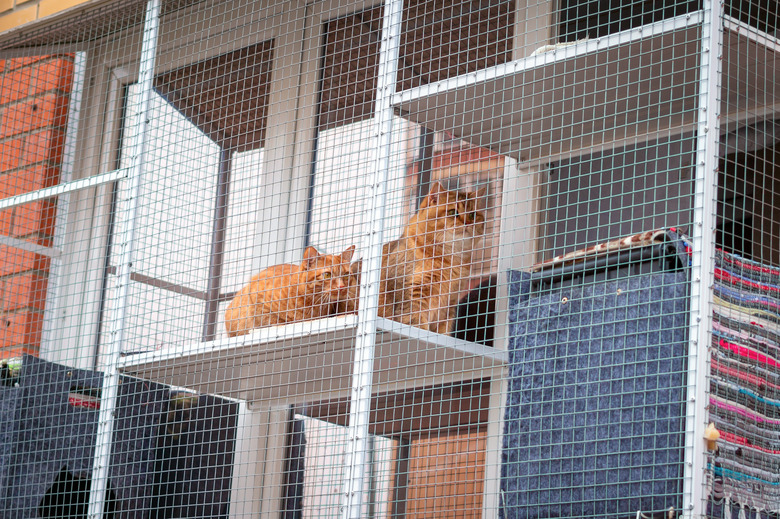Should You Create A Catio?
Do you have a cat who is very curious about doors and windows? If so, your cat might enjoy having access to a catio. A catio (or a cat patio) is an enclosed space connected to your home outdoors. It allows your cat to experience the outside safely. Catios can be small areas for a cat to sit inside, or large spaces to play. These home additions are also becoming increasingly popular with cat owners.
What are catios?
What are catios?
Catios are designed specifically for cats. They are connected to a house via a window or a door to provide a cat with access to their catio. Catios provide indoor cats with a safe way to spend time outside and have safe outdoor enrichment. If you are renting, you'll want to speak with your landlord first and get written permission from them to build a catio. If you own your home but also have a Homeowner Association, you will also need to get permission.
Alternatives for outdoor cats
Alternatives for outdoor cats
Catios are a great way to provide stimulation for cats who usually live indoors. It's also a great harm-reductive way to help an outdoor cat adjust to living inside. Allowing a cat to go outside and wander on their own is not in a cat's best interest. Outdoor cats have a shorter lifespan than indoor cats. Outdoor cats only live an average of 2 to 5 years, whereas indoor cats have an average lifespan of 10 to 15 years. Outdoor cats are vulnerable to being hit by cars, attacked by other animals, getting stolen by another human, and other dangers. Cats who live outdoors can also harm native wildlife, especially birds. A catio can provide fresh air, sights, sounds, and smells of a neighborhood.
Necessary components
Necessary components
When planning a catio there are factors to keep in mind. You want to make sure that you use sturdy building materials. This will keep your cat inside their space and prevent any predators from getting in. Make sure that your catio is easy to access from the house. You can provide easy access by installing a cat door onto a door or having an open window to give your cat easy access to their catio. The catio design should have a way for you to also enter inside and ensure it stays clean. Inside the catio, you'll want to make sure your cat has everything they need to stay comfortable. This includes shelter, bedding, and a litter box. You'll also want to include toys, scratching posts, and other climbing opportunities for your cat. The catio should also always have fresh water for your cat.
Safety considerations
Safety considerations
When deciding if a catio is right for your home and cat, there are some safety considerations to keep in mind. You'll want to make sure that the catio is securely enclosed on all sides and includes a roof. The catio materials must withstand any predators in your area including, roaming dogs, birds of prey, coyotes, raccoons, and other animals. The catio should have shade from the sun and protection from the rain. This is important so your cat can have regular access to the catio during non-severe types of weather. Cats in catios can also be vulnerable to harassment from strangers. For your cat's safety, it's best if you can have a catio off a window or door within your backyard to provide privacy from people walking by your home. Your cat should wear a collar with identification tags and be microchipped. They should also be up to date on all vaccinations and flea preventatives before having access to a catio.
Catio design
Catio design
Catios can be as simple or as elaborate depending on your preferences, space, and budget. Some catios are simple, small enclosures, while others are large and elaborate that extend into a yard. Catio plans can be purchased online, and a local contractor can support you with designing and building the catio of your dreams. Or, you can DIY a catio design and build it on your own. Some communities even have Catio Tour events where you can see the latest designs that people have come up with to get some ideas. If you are hiring a contractor, make sure they understand that the catio must be safe and secure for your cat.
Introducing cats to cat enclosures
Introducing cats to cat enclosures
When introducing your cat to their catio for the first time it's best to go slow and at their own pace. Use food, treats, and toys to encourage your cat to explore and spend time in their catio. You will want to use positive reinforcement training techniques for these introductions as well. Don't force your cat into the catio or block their entry back into the house. Instead, let your cat choose how much time they spend inside the catio. Before leaving your cat with unsupervised access, make sure that your cat is comfortable with going back and forth between your house and the catio.
You'll also want to spend some time observing your cat in the catio to ensure they are comfortable in their new space and not stressed. Cats who are shy, anxious or nervous may not enjoy a catio, and it is best to have some supervision. You can use outdoor security cameras with app-based technologies to make sure you can always watch your cat in their catio for your own peace of mind and to better understand your cat's catio behaviors.
In summary
In summary
Catios aren't right for every cat or every owner. Before building a catio, you'll want to consider your own comfort with having your cat have access to an outdoor area, as well as your cat's temperament. For curious and active cats, a catio can be an excellent way to provide entertainment and exercise. Catios can be small or elaborate depending on your space and budget. Big or small, catios can give cats a safe way to explore and experience the enrichment of being outside — while still being contained.



